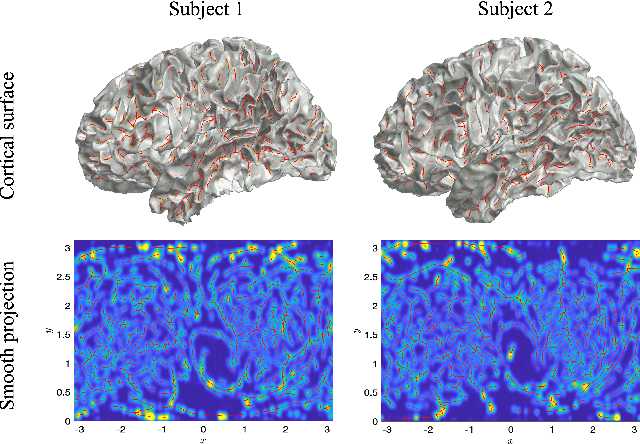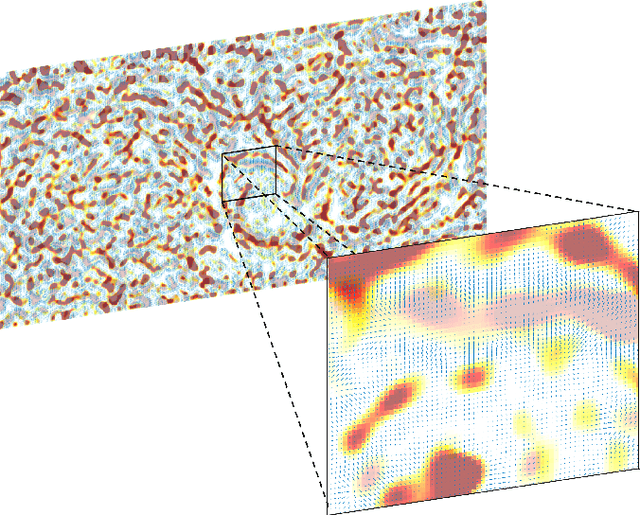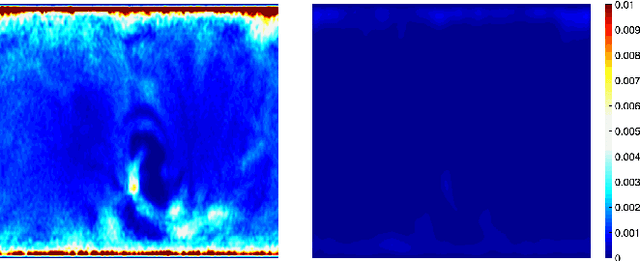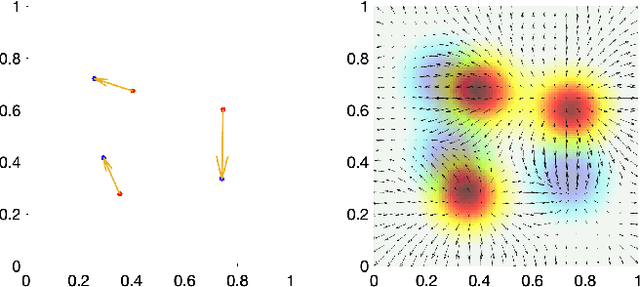Get our free extension to see links to code for papers anywhere online!Free add-on: code for papers everywhere!Free add-on: See code for papers anywhere!
Soumya Das
Sulcal Pattern Matching with the Wasserstein Distance
Jul 01, 2023Figures and Tables:







Abstract:We present the unified computational framework for modeling the sulcal patterns of human brain obtained from the magnetic resonance images. The Wasserstein distance is used to align the sulcal patterns nonlinearly. These patterns are topologically different across subjects making the pattern matching a challenge. We work out the mathematical details and develop the gradient descent algorithms for estimating the deformation field. We further quantify the image registration performance. This method is applied in identifying the differences between male and female sulcal patterns.
* In press in IEEE ISBI
Via
 Add to Chrome
Add to Chrome Add to Firefox
Add to Firefox Add to Edge
Add to Edge